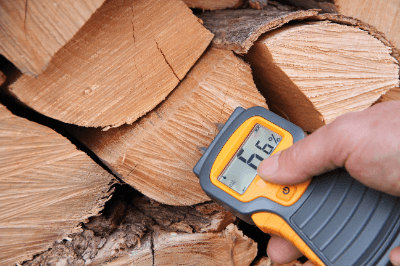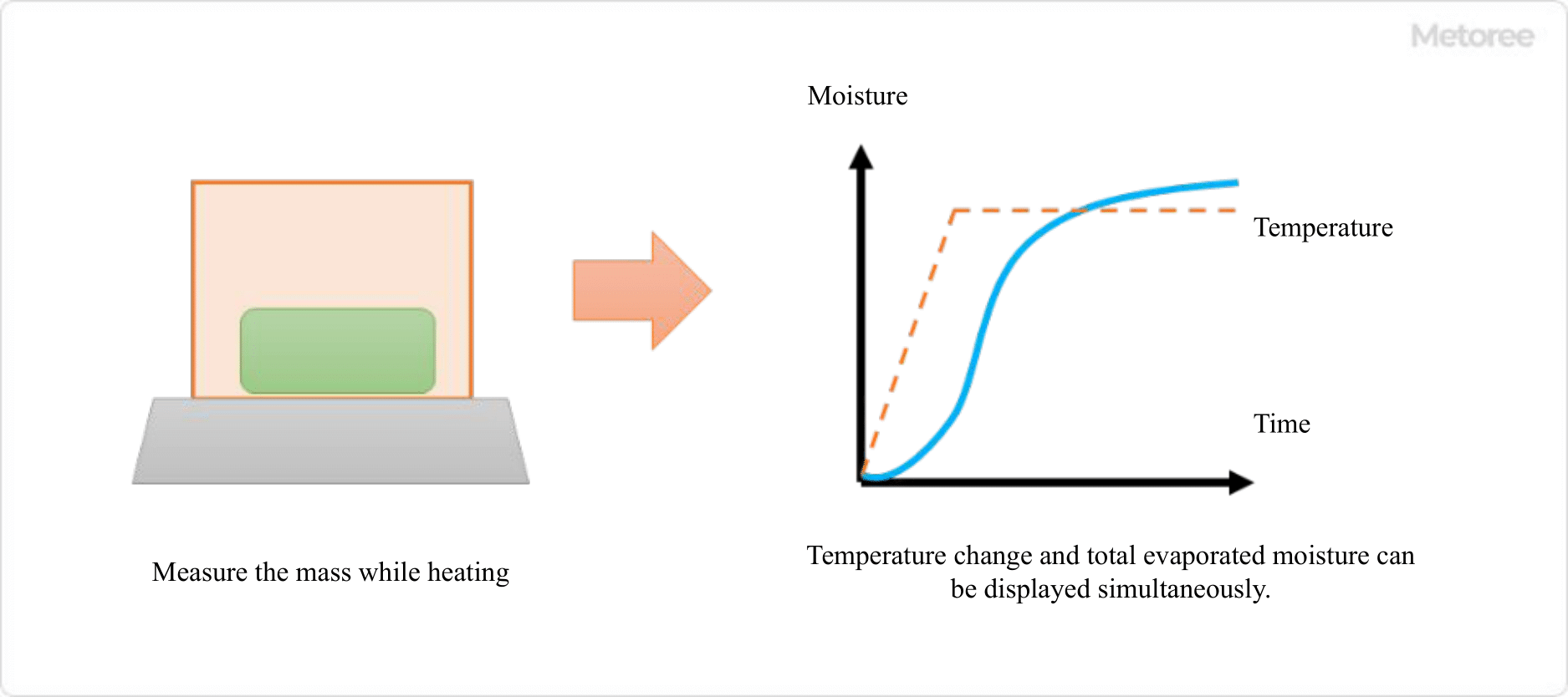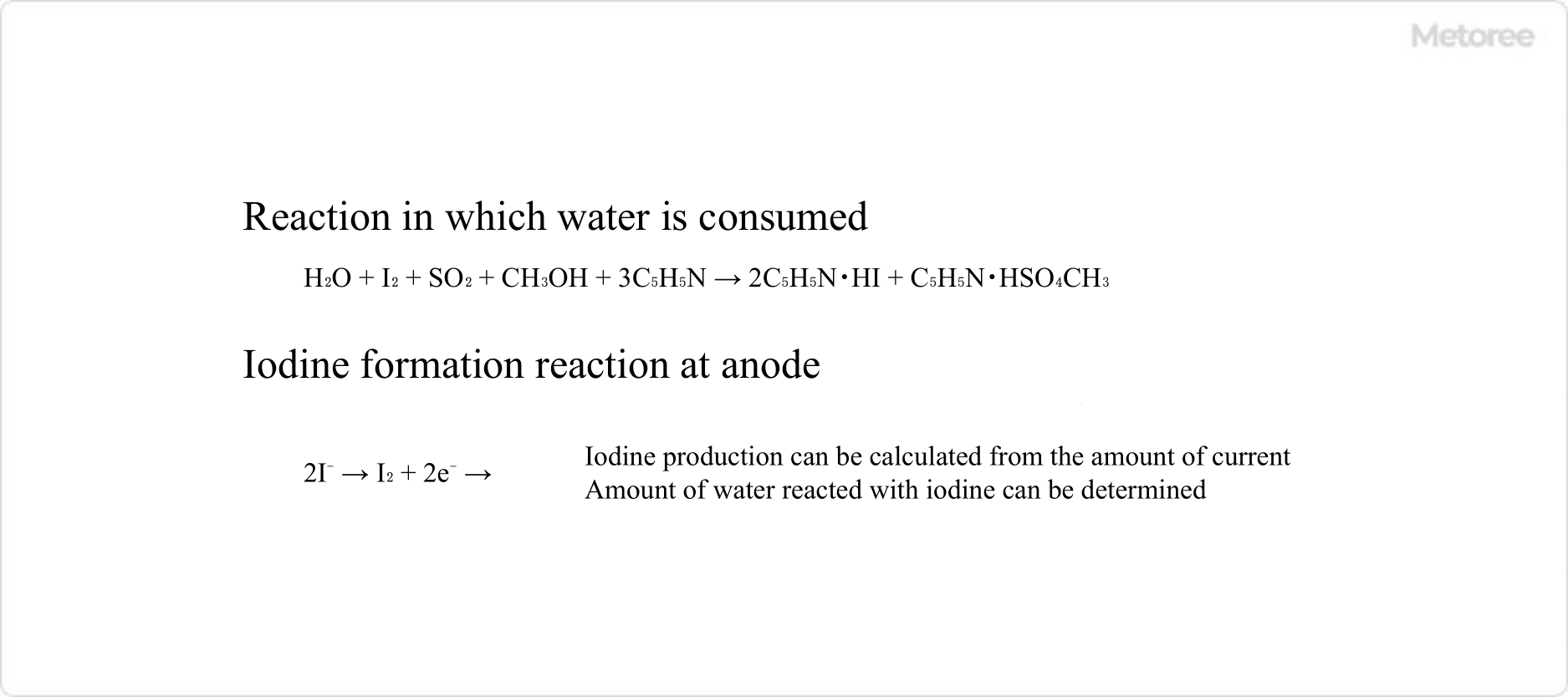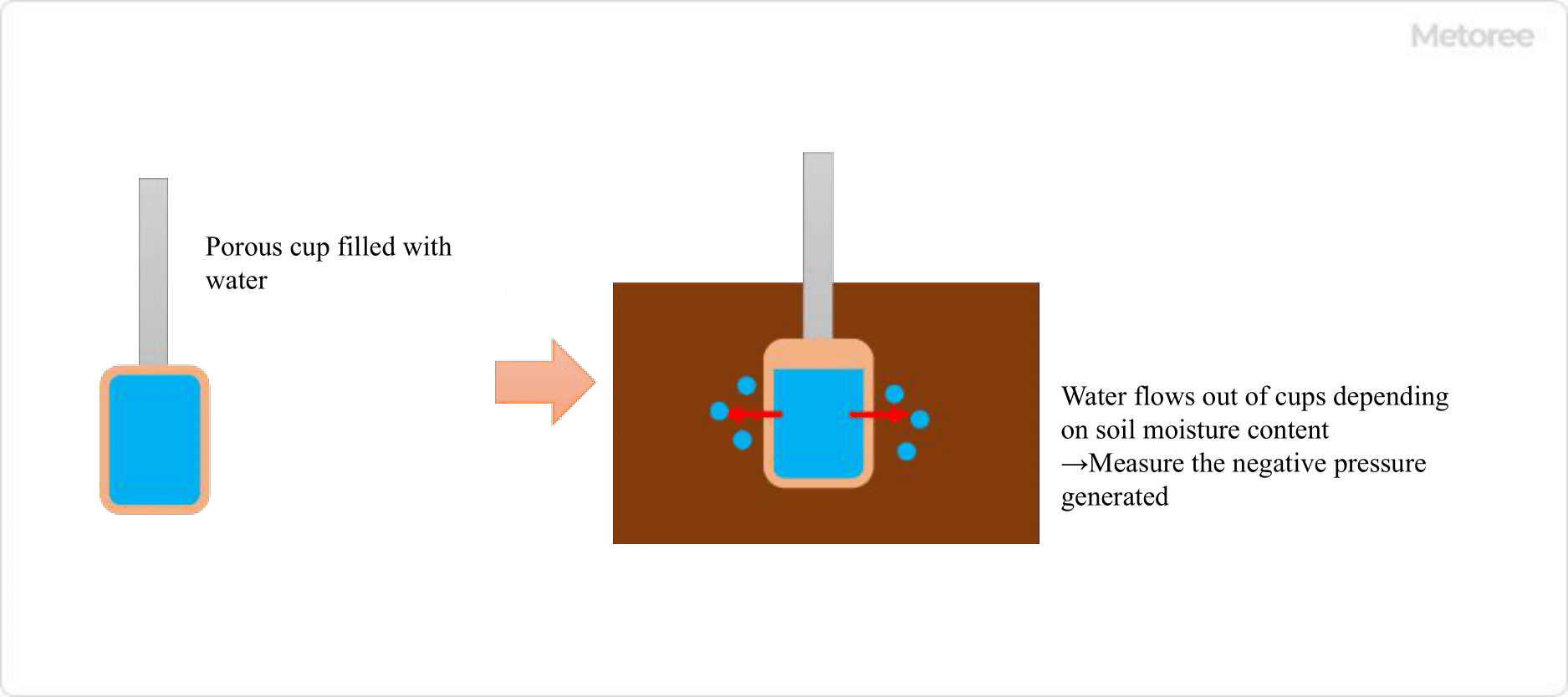What Is a Moisture Meter?

A moisture meter is an instrument that measures the amount of moisture contained in a material. These devices can measure moisture in gaseous, liquid, and solid states. Moisture meters can be classified based on their application: dry, Karl Fischer, infrared absorption, and dielectric constant, among others. The dry and Karl Fischer moisture meters are commonly used in laboratory settings.
Moisture meters are also categorized by their specific applications, used for measuring moisture content in various materials such as food, soil, concrete, and more. Some moisture meters are designed to comply with official standards, such as ISO, for measuring moisture content in food products.
Uses of Moisture Meters
Moisture meters find applications in a wide range of industries for measuring the moisture content of different materials, including food products, industrial goods, and wood. The choice of moisture meter and measurement procedures must be tailored to each specific product due to variations in shape, moisture content, control values, and other factors.
In the food industry, moisture meters employing the drying method are used for products like rice and wheat. These meters include a balance and dryer for precise measurements. For other food industry applications, such as miso and oil, the Karl Fischer method is commonly employed. The Karl Fischer method is also utilized by material manufacturers dealing with substances that dissolve in organic solvents.
Soil moisture measurements use moisture meters based on the tensiometer method, while high-frequency capacitance moisture meters are used for measuring concrete moisture content.
Principle of Moisture Meters
Moisture meter measurement methods vary significantly based on the specific technique employed. These methods include:
1. Drying Method

Figure 1. Principle of the drying method
The drying method is a straightforward technique where the mass of the sample is measured before and after drying in a thermostatic oven heated to around 100°C for approximately 3 hours. The change in mass is used to estimate the moisture content. Some moisture meters combine a dryer and a precision balance for controlled temperature and time measurements. The drying method is often the official testing method for grains and other food products.
2. The Karl Fischer Method

Figure 2. Karl Fischer method reaction equation
The Karl Fischer moisture meter quantifies water content through a chemical reaction with sulfur dioxide, iodine, low-carbon alcohol (e.g., methanol), and an organic base such as pyridine. The coulometric titration method, based on the consumption of iodine generated from iodide ions at the anode, is commonly used to measure moisture content. Substances with reducing properties like ascorbic acid cannot be measured with the Karl Fischer method as they consume iodine through a different chemical reaction.
3. Tensiometer

Figure 3. How the tensiometer works
The tensiometer is a technique for measuring soil moisture. It features a porous cup attached to a pipe, filled with water, and inserted into the soil. Pressure changes are monitored to determine the amount of moisture that has penetrated the soil. However, the tensiometer may not provide highly accurate measurements in dry soil due to the formation of gaps.
4. Capacitance Method
This method measures water content in materials like soil, concrete, or other materials whose relative permittivity is sufficiently small compared to water. A sample is placed between two electrodes, and capacitance changes are measured by applying a voltage. Recent advancements have improved the accuracy of this method, making it suitable for use at construction sites.
Other Information on Moisture Meters
Points to Note When Using Moisture Meters
Moisture is present in substances like air, so it’s essential to consider the measurement environment when using moisture meters. When measuring trace amounts of moisture, variations in laboratory humidity or the time the sample is exposed to the atmosphere can affect measurements.
For Karl Fischer methods, ensuring that joints are tightly sealed to prevent moisture from entering through pipe joints is critical. Moisture in inert gases like nitrogen used during measurements must be removed beforehand using desiccants like silica gel.